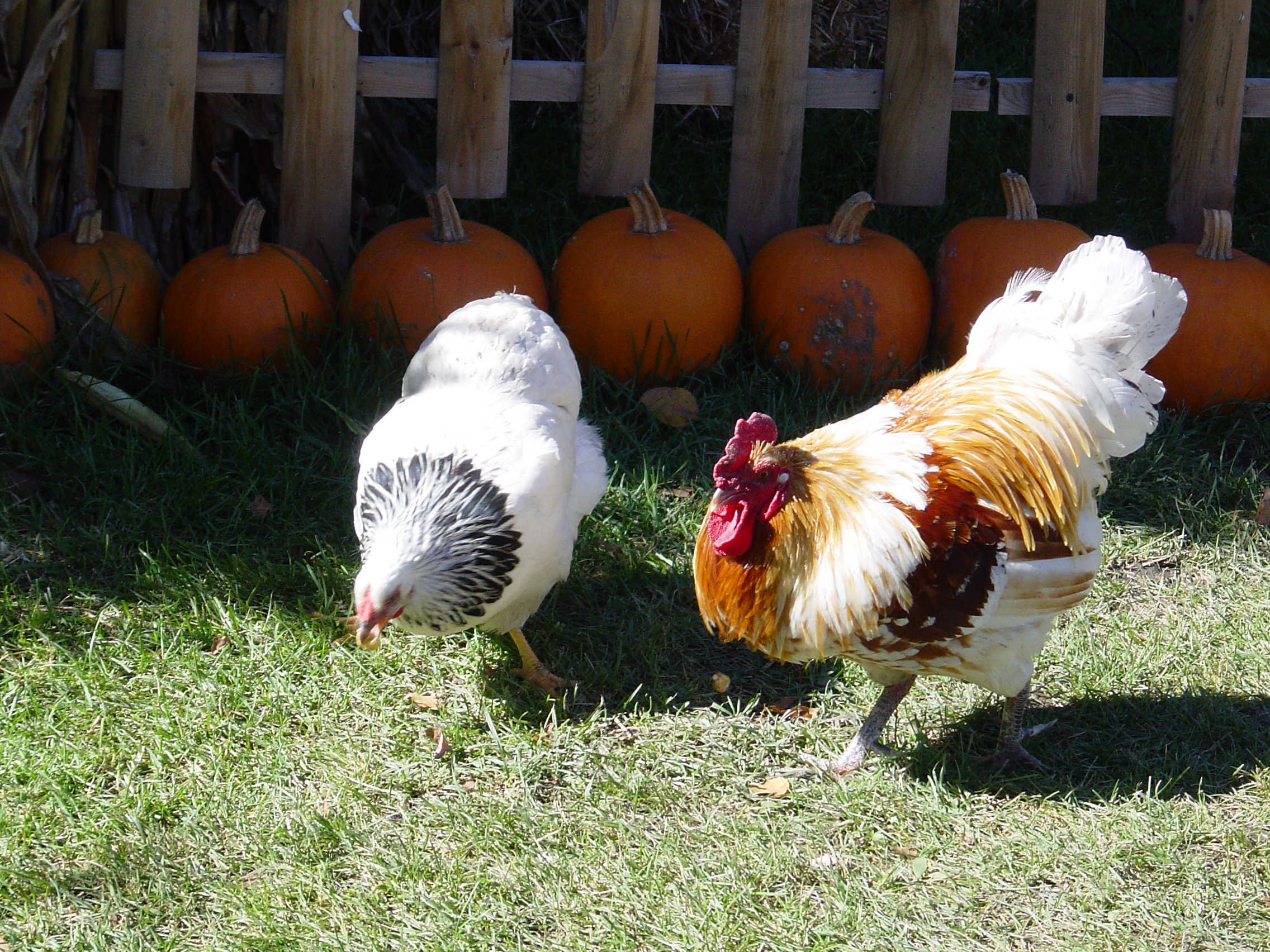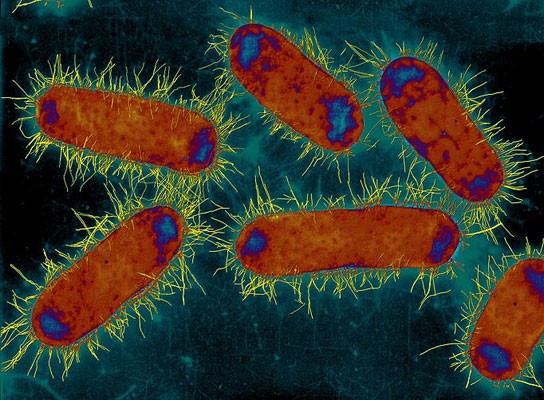Category Archives: Poultry
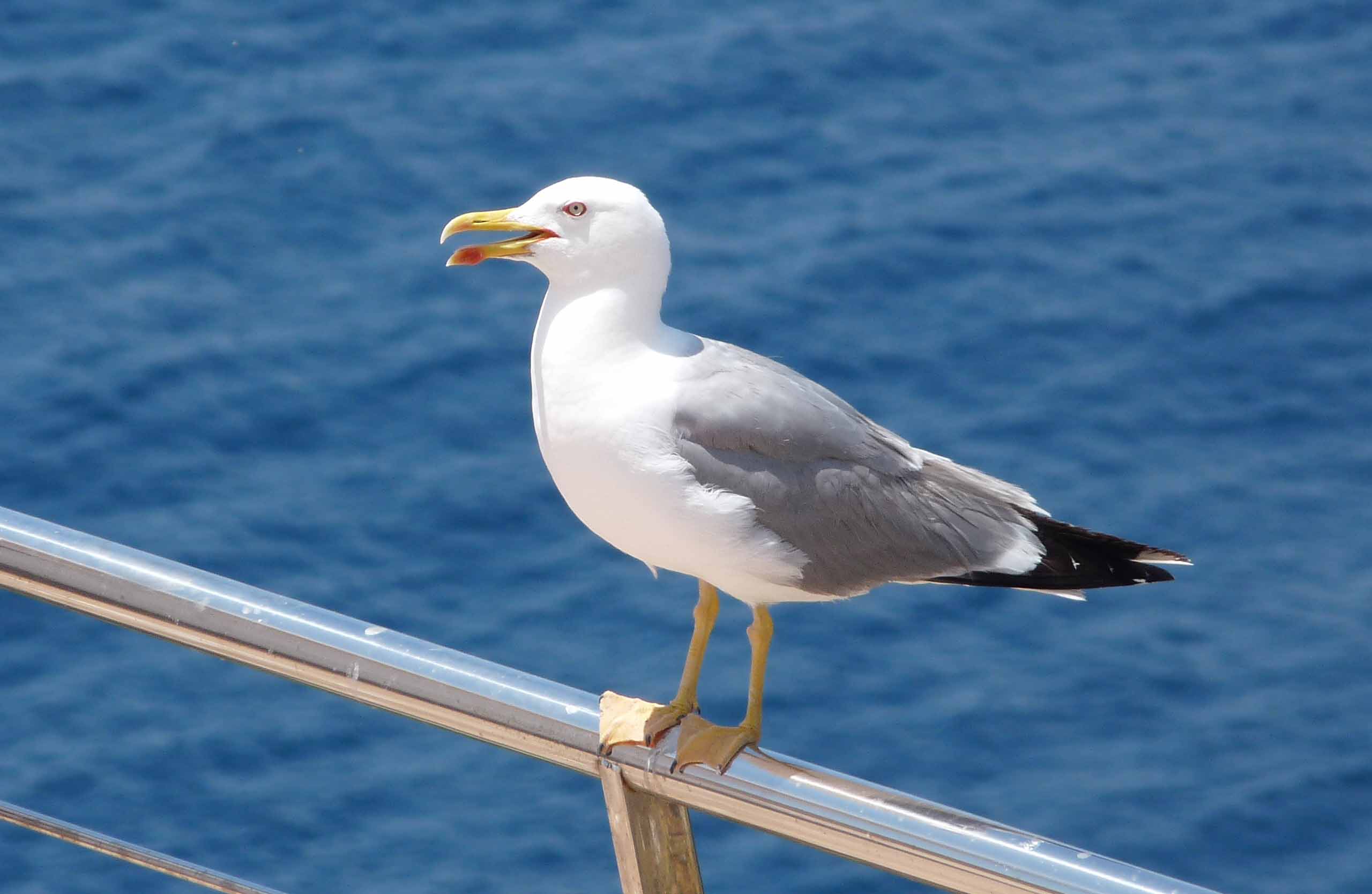
(Català) El paper de les aus silvestres en l’epidemiologia de bacteris zoonòtics i resistències a antibiòtics
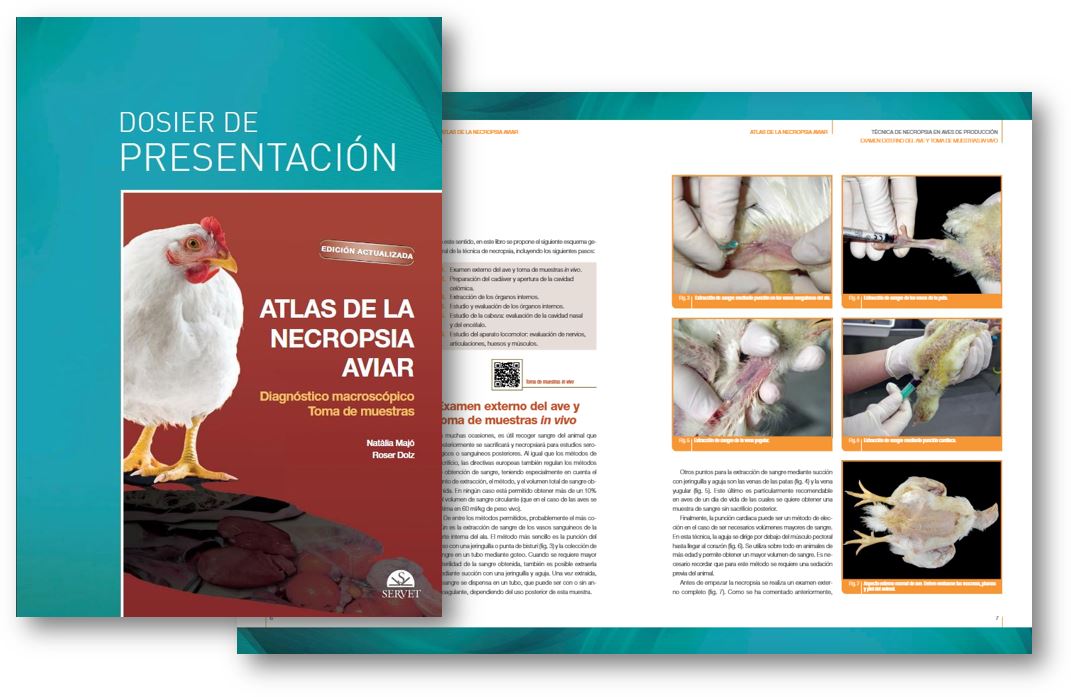
Updated edition of the Atlas of Avian Necropsy with participation of IRTA-CReSA
Available the new “Atlas of Avian Necropsy: Macroscopic Diagnosis Sampling” (Spanish) written by Roser Dolz Pascual and Natàlia Majó Masferrer, Professor of the Department of Animal Health and Anatomy of the Veterinary School of the UAB and researcher attached to the Center for Research in Animal Health (IRTA-CReSA).
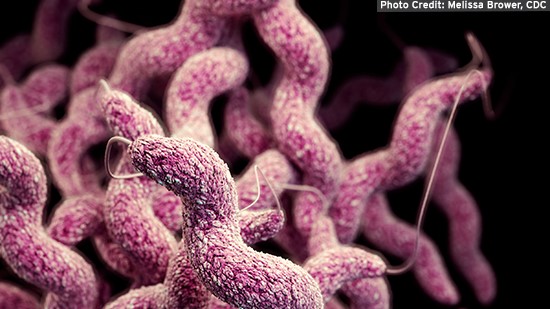
From the microbes of chickens to our plate
Campylobacter is one of the main responsible bacteria for foodborne diarrheal diseases. Most of the cases of diarrhea are associated with the consumption of food, mainly poultry meat contaminated with Campylobacter, hence, this bacterium represents a problem for food security of first order. Unlike Salmonella, Campylobacter is not part of the popular vocabulary, nor does it appear regularly in the media, although it is one of the pathogens responsible for the largest number of cases of diarrhea in humans in the European Union.
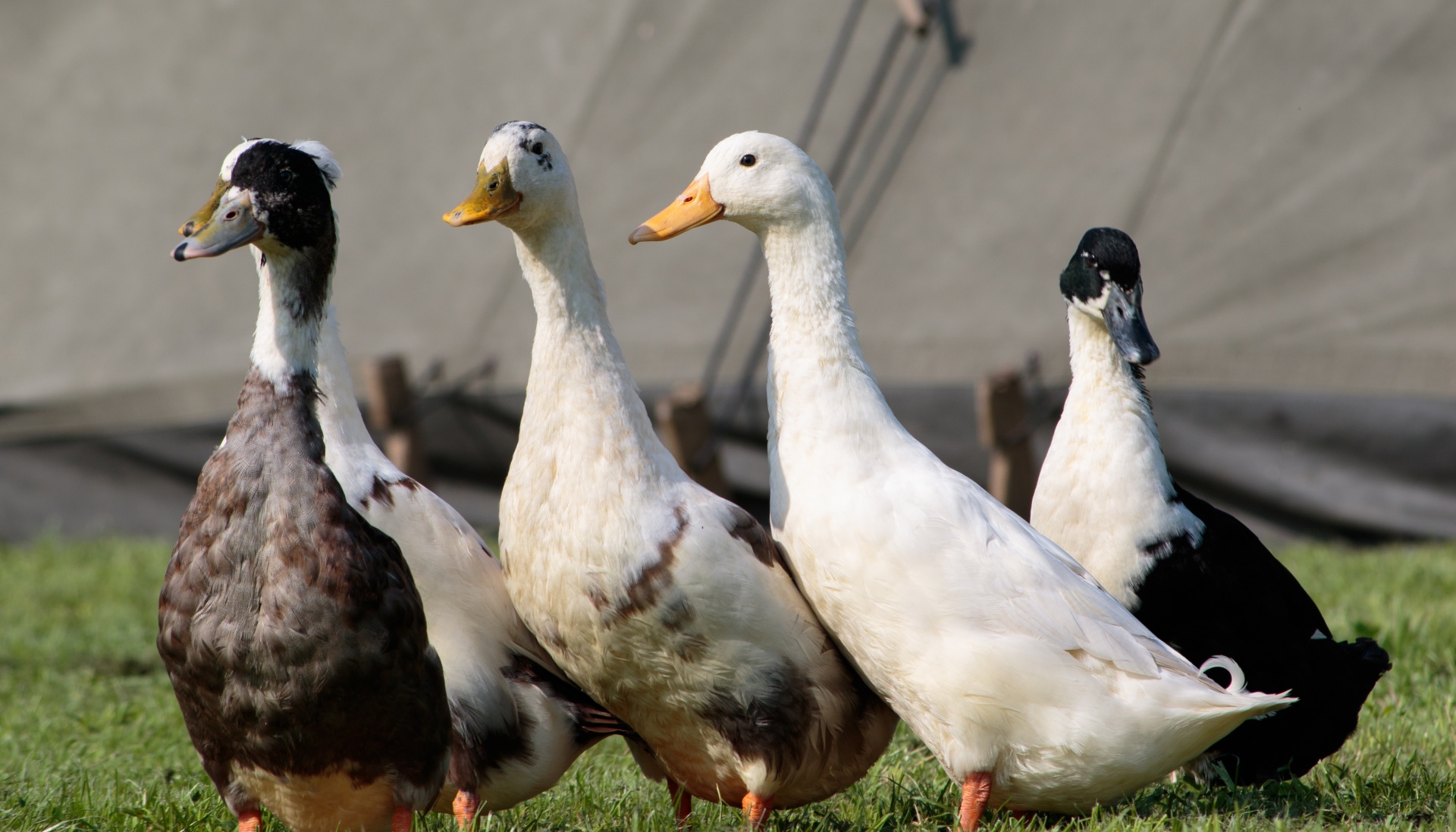
Viral Comments (35): H5N8, infectious waste are, infectious waste do not become
It already seem distant history the outbreaks of H5N8 highly pathogenic, for birds not for people, avian influenza, which took place a few months ago in Catalonia, which had an index case featuring a stork found dead in early February in the Aigüamolls de l’Empordà. The outbreak is over and nowadays, the farms, after the entry of sentinels that have given negative results are again under exploitation.
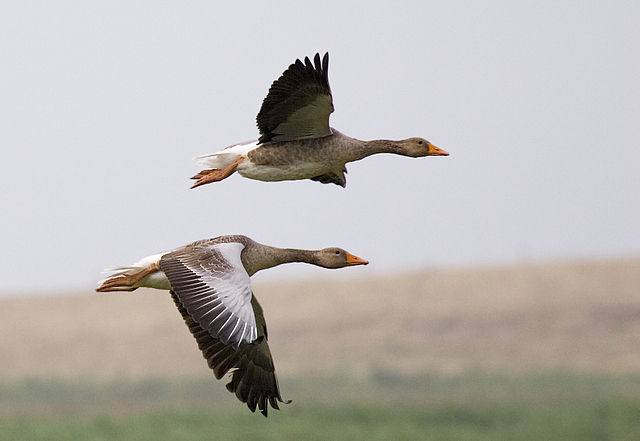
Viral comments (32): H5N8 is already here … can we prevent the next one?
In the last post, a few days ago, we commented that H5N8 avian flu had reached the other side of the Pyrenees and that soon it would jump towards the Peninsula. A few days ago the detection of H5N8 strain was reported in two common geese (Anser anser) found dead in the lagoon of La Nava de Fuentes, in Palencia (Castilla y León). This detection was possible thanks to what we call passive epidemiological surveillance.



